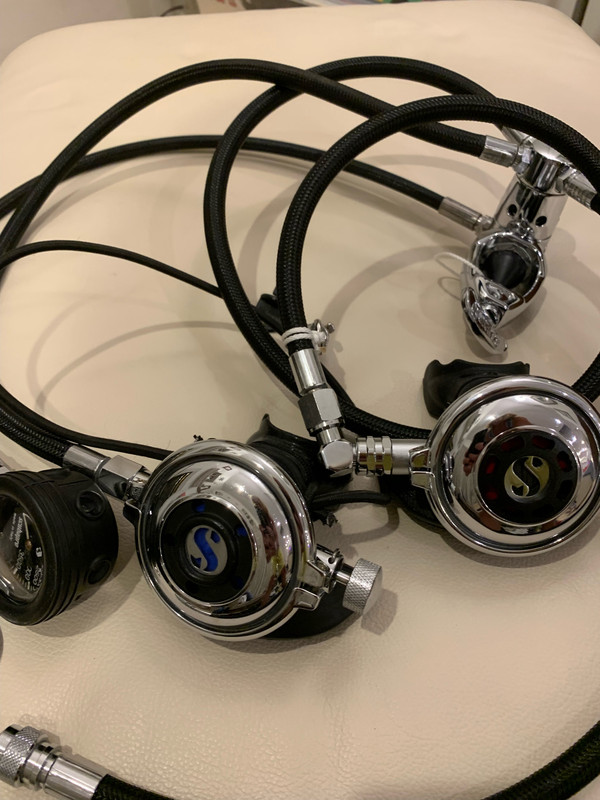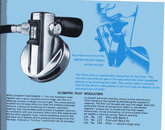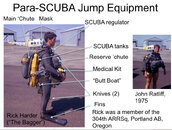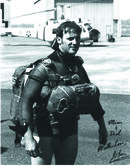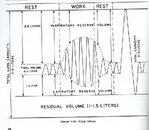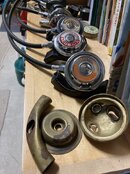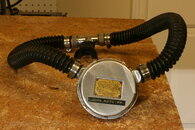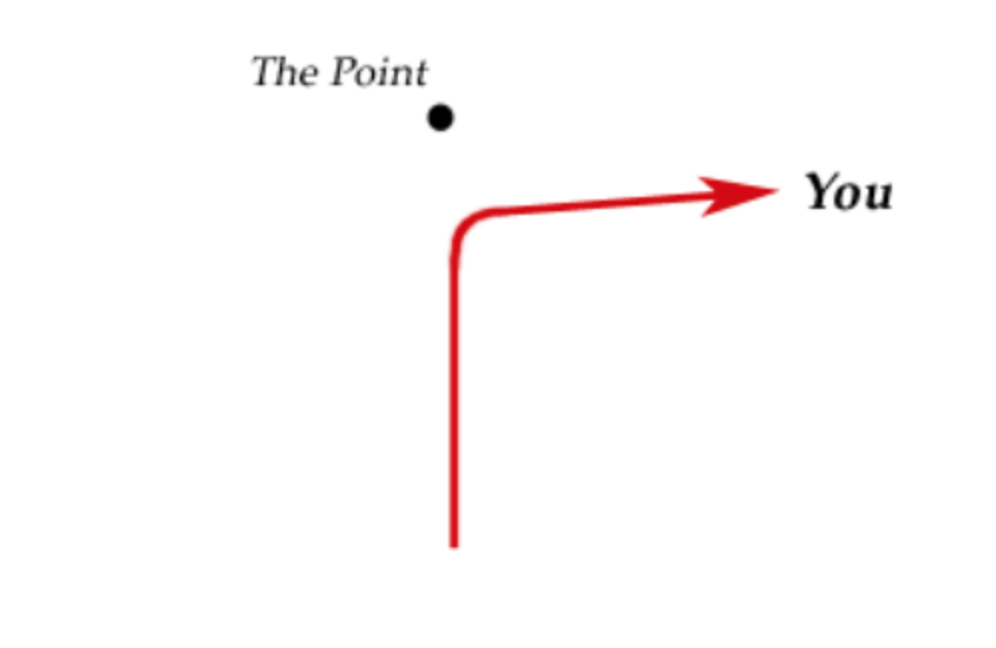Nemrod, I bow to your superior knowledge with regards to the exhaust valve… I never knew the difference was that significant! I’ll keep on using my late style 1085 seconds, especially the 1980 vintage one I got NOS in the early ‘90s And just took to the Bahamas!

There is nothing wrong or dangerous about the later 1085s as pictured in the ad copy with the large valve, tee and plenum. The ones with the restrictive tee with the two screws and the tiny exhaust valve are dangerous IMO and it was not just my opinion as USD/AL quickly and quietly corrected the problem. I am pretty sure there was a letter concerning this issue as well. I was working as a shop boy by about 1969 and I remember seeing something to that affect about 1970. My imagination or not for the letter, it was known at the time and it was not just the USD seconds but a number of such like the Sportsways that not only had one tiny little valve but had two and not side by side but stacked! Good grief!
Exhaust effort for WOB is just as important as the others, cracking effort and Venturi assist. You cannot get O2 in if you cannot get CO2 out. Talk about causing a headache, yeah, they were "that" bad. And I am not enthralled with the 109 either, though adequate, it is just that, adequate. The tee and plenum are decent but the valve is still only 26mm. The 156 and the G250 and the later 1085s have 30mm valves and that 4mm difference is huge. Here is a 109 and a 156 (CE) compared, that is a big difference and it is certainly noticeable in use.

The 156 is primary and the 109 is secondary:
